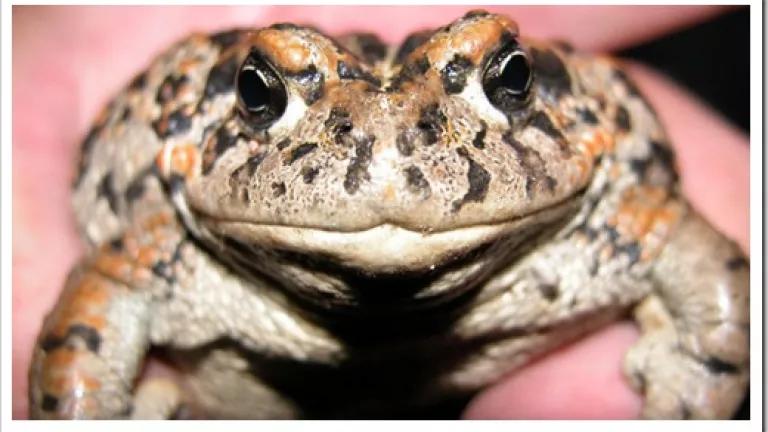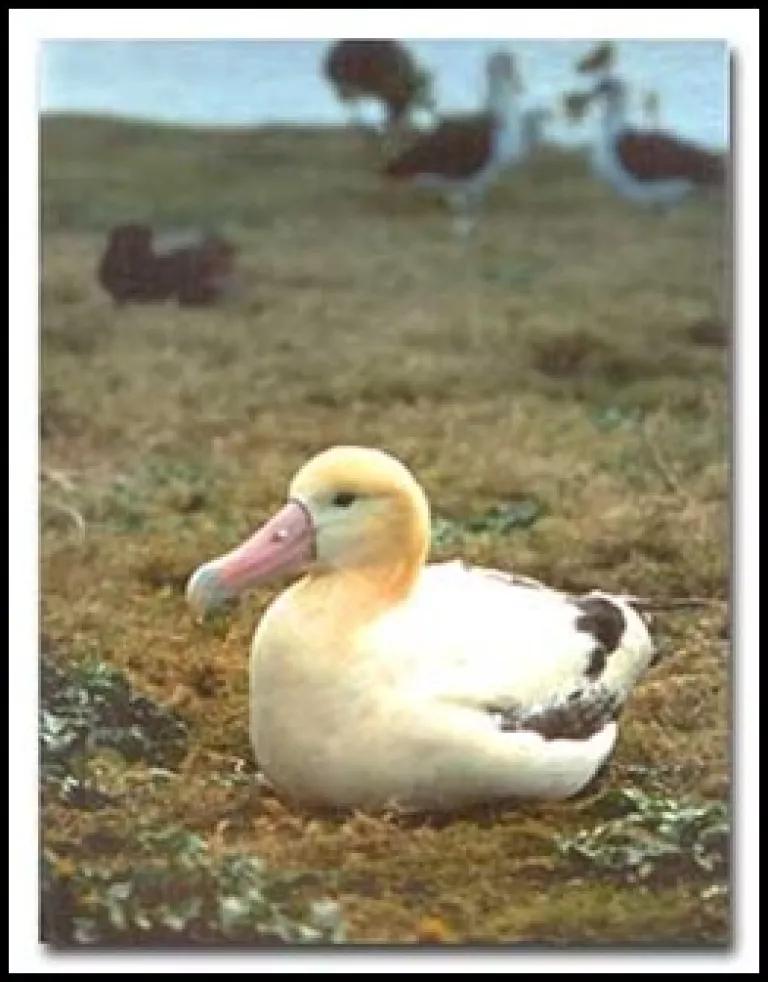
Here are some good news stories about wildlife conservation to help warm you up in the winter months. Happy New Year everyone!
- Chinook salmon are making a comeback in Oregon’s Rogue River a mere three years after four dams were removed, freeing up 157 miles of fish habitat. Should be good news for Oregon’s steelhead too.
- What do ranchers, miners, off-road vehicle enthusiasts and members of the oldest profession have in common? In Nevada it’s helping to save the Amragosa toad. Thanks to largely voluntary conservation efforts, this “unlikely coalition” has succeeded in stabilizing the toad’s once-declining population. (hat tip: Prof. Jason Czarnezki)
- Short-tailed albatross were once hunted relentlessly for the feather trade and, eventually, thought extinct. But a few birds survived and the albatross has slowly made a comeback. Now the U.S. Fish and Wildlife Service reports success in an effort to form a new albatross colony on Eastern Island in the Midway atoll. For the first time ever, a pair of short-tailed albatross have laid and are incubating an egg on the Island.

- Over at Scientific American, John Platt’s Extinction Countdown has a great roundup about how the Antiguan racer (Alsophis antiguae) also made remarkable comeback from the brink of extinction. At one time there were only 50 Antiguan racers left in the world, but thanks to habitat restoration, captive breeding, and the extirpation of introduced black rats on one of the Caribbean's Great Bird Island, the racer’s population now boasts 500 snakes. Getting rid of invasive rats has also helped the Island’s bird, reptile and sea turtle populations.
- The netted carpet moth, rare species that was reintroduced to England’s Lake District in 2007 is thriving in its new home. The reintroduced population of carpet moths (which are also found in Wales) has more than doubled since its return. Scientists credit dry summers and cold winters for aiding the moth’s success.
Related Issues
Nature & Wildlife




